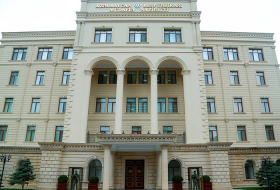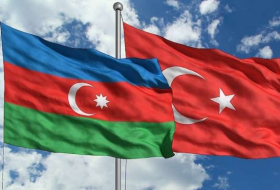Northern Lights now appear in central Europe and much of US

It started off by looking at auroras in the northern hemisphere, but has recently expanded to map those in the southern one, too.
This year has been a stormy one for the sun, which is at the peak phase of its activity cycle. As a result, its belches of geomagnetic radiation have been particularly zealous, leaving Earth in the firing line. That solar wind interacts with Earth’s atmosphere to create colourful light displays near both poles, called auroras.
Predicting precisely where the aurora will appear is tricky. Scientists use NOAA’s OVATION Aurora Forecast Model, which draws on solar wind intensity data collected by a NASA satellite to create a map of where the phenomenon might be visible.
Magnetic models
But measuring the accuracy of these predictions and tweaking the model accordingly isn’t easy.
“Even knowing if a solar storm that collides with Earth will cause havoc or be deflected safely by our magnetic field is uncertain as we can’t easily measure the magnetic field of the storm,” says Alan Duffy, an astrophysicist at Australia’s Swinburne University of Technology.
That’s where Aurorasaurus steps in. First launched at the end of 2014, the web and mobile app combines citizen scientist reports of aurora sightings with geo-tagged tweets mentioning the phenomenon and plots them onto a map, along with NOAA’s predicted view-line – which indicates how far towards the equator an aurora may be visible.
“We saw a lot of people reporting seeing the aurora farther away from where the OVATION model predicted,” says Kasha Patel, a science writer at NASA’s Goddard Space Flight Center who worked on Aurorasaurus alongside a team of space scientists, computer scientists and volunteers.
As a result, the Aurorasaurus algorithm has been updated so that the view-line incorporates not only the NOAA model’s prediction but also the citizen scientists’ observations. The view-line is updated as more sightings are added, and email notifications are sent out to anyone with a chance of catching a glimpse.
Real-time auroras
“This is the first time the citizen science observations are being used in a concerted effort to help track the aurora in real-time,” Patel says.
The team has added tools that allow anyone to verify a reported sighting that has been plotted on the map. The more people who say they have seen the aurora in a particular location, the more “truth” is added to that sighting. “We’ve been able to get two times truer aurora sightings than if it went unverified,” Patel explains.
This year has been a particularly rich one for solar storm data. “We’re getting hundreds of data points – the more we get, the more accurate we can make the predictions,” says Patel.
Beyond alerting photographers and space enthusiasts about the spectacle, the data can be fed back to researchers to try and better understand the underlying interactions between Earth’s magnetic field and the charged particles emitted by the sun.
“The auroras are signatures of high-energy particles precipitating into the polar regions of Earth’s magnetic field,” says Monica Bobra at Standford University in California. “So it isn’t that we’d like to predict only the aurora itself, but the entire process that causes the aurora.”















































